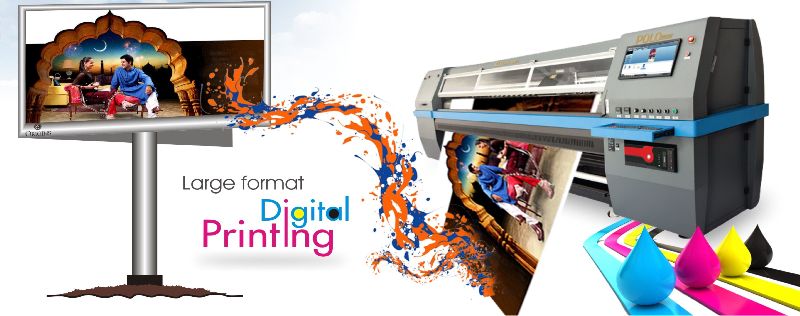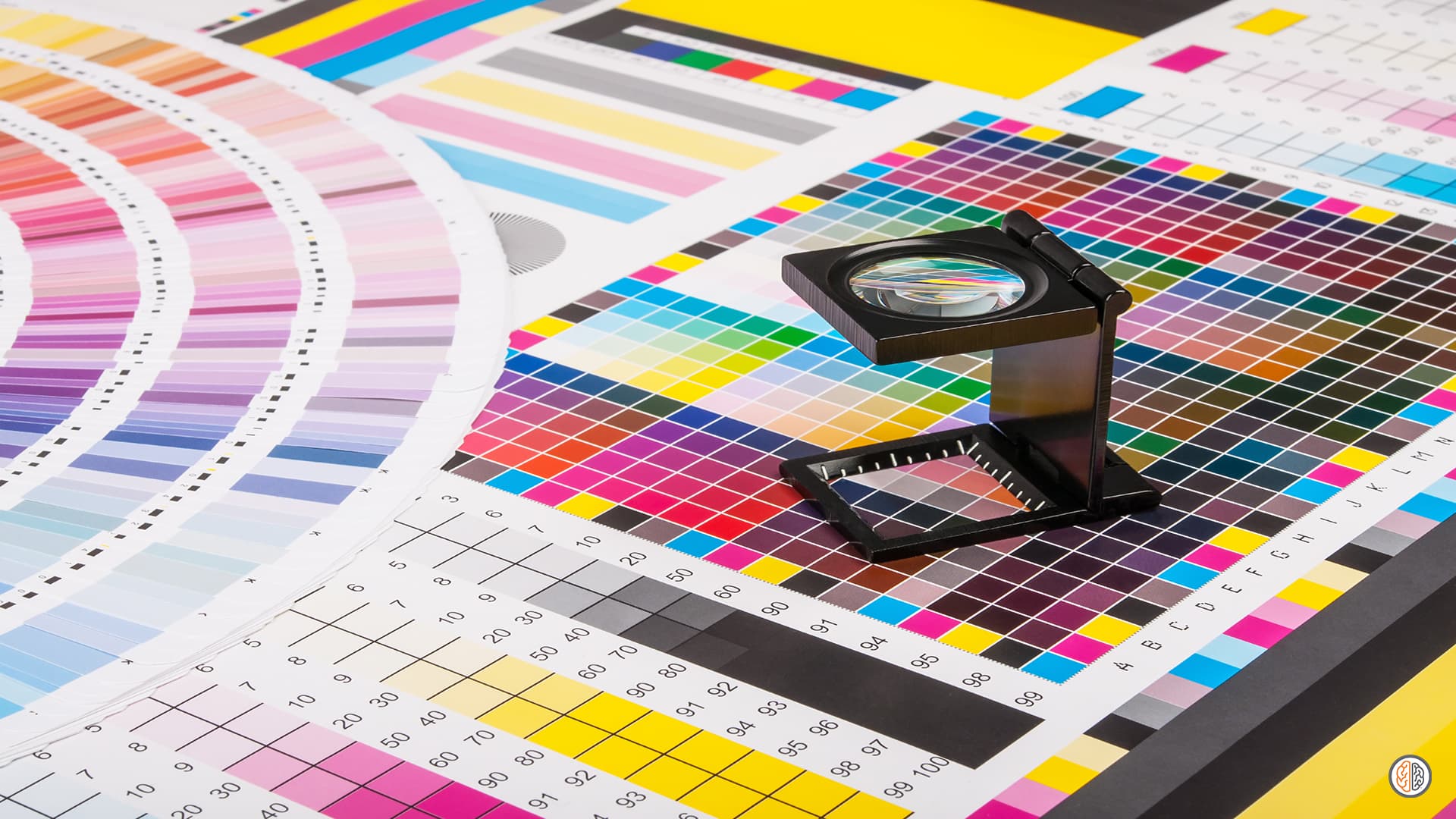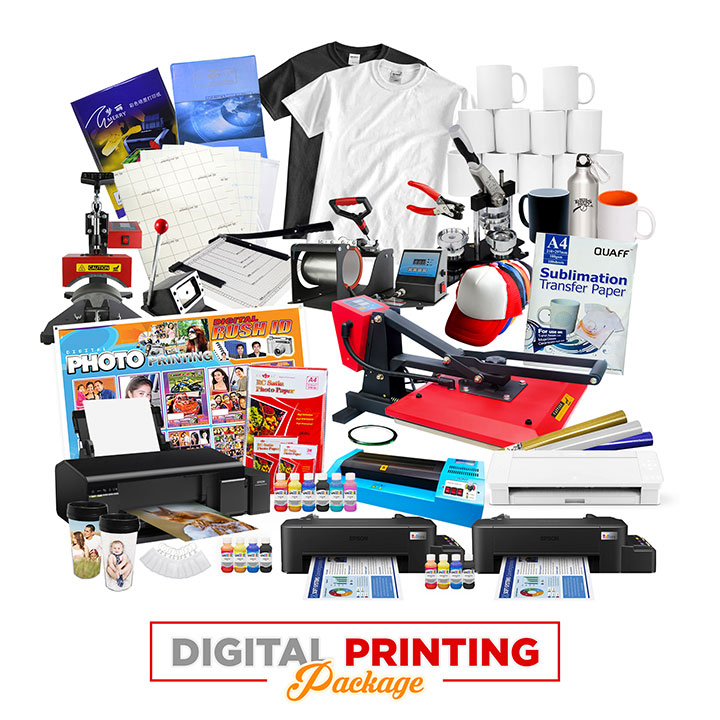Digital Printing - An Overview
Digital Printing - An Overview
Blog Article
What Does Digital Printing Do?
Table of ContentsThe smart Trick of Digital Printing That Nobody is DiscussingThe Greatest Guide To Digital PrintingThe 9-Minute Rule for Digital PrintingDigital Printing for BeginnersHow Digital Printing can Save You Time, Stress, and Money.The Best Strategy To Use For Digital PrintingUnknown Facts About Digital PrintingDigital Printing for Dummies
Personalization likewise enables companies to attract attention in a congested market by creating one-of-a-kind advertising and marketing products that differentiate them from their competitors. One of the major advantages of digital printing is the ability to publish variable data. Each printed item can be unique, permitting organizations to develop personalized advertising materials that talk directly to their target market.Digital printing also enables customization in the design of marketing materials. With electronic printing, services can produce designs that are one-of-a-kind and customized to their particular needs. This can consist of personalized graphics, fonts, and formats that can assist to differentiate them from their rivals. One more advantage of electronic printing is the capability to print as needed.
A Biased View of Digital Printing
By printing smaller quantities of advertising products, organizations can reduce waste and avoid the need for excess inventory. Digital printing is likewise flexible.
By using different products and styles, services can produce special advertising and marketing products that stand apart from their rivals and stand out from their target market. Digital printing additionally offers uniformity. With traditional printing approaches, there is often variation between prints due to distinctions in ink insurance coverage, stress, and various other aspects.
This uniformity can assist build customer trust fund and credibility, revealing that the organization is committed to giving high-grade products. Consistency is particularly vital for organizations that intend to develop customer trust fund and reputation. By making sure that every print is constant, businesses can reveal that they are devoted to offering high-quality products and focusing on the information.
Digital Printing Fundamentals Explained

On top of that, digital printing generates less waste because it can publish as needed and in smaller sized quantities, decreasing the requirement for excess supply and products. Digital printing also makes use of less energy compared to typical printing techniques. Digital printers do not need as much power to run, as they do not need to warm up as much or utilize as much power to run.
Digital Printing - The Facts

Countered printing requires a plate for each color published. Traditional countered printing is a print method that utilizes light weight aluminum plates to move ink onto a rubber sheet (often referred to as a "covering").
The Single Strategy To Use For Digital Printing
Countered printing permits for a large range of print materials to be made use of throughout production. The top quality photos created with offset printing make it the recommended approach, specifically among visuals designers, when seeking the best color recreation, detail, and professional-looking prints.
The fundamental printing approach remains countered. For digital inkjet printing, ink is transferred straight onto the surface. Instead than depending on aluminum plates and rubber blankets to move a picture, electronic printing utilizes fluid ink during manufacturing. Conventional home inkjet printers are just one of the most usual digital printing approaches.
Rumored Buzz on Digital Printing
Because offset printing can mix customized color inks for each job, it will naturally get the shades spot-on. Count on Recommended Reading countered printing for tidy, distinctive kinds and photos without touches or areas.
It costs a whole lot to start a countered job. You need to invest money right into creating the plates, which takes time. However, once you have actually spent it, all of the materials prepare to go, and you'll spend much less on huge balanced out tasks than a digital print, which is about the very same per item regardless of how big the work gets.
Digital printing is much less costly for low-volume tasks. The price per device goes down for electronic printing, so at some point, they crisscross. Transforming info within a solitary print job.
Digital Printing Things To Know Before You Get This
While digital printing or inkjet printing is the favored selection in today times, there are engaging factors to convert from offset to electronic printing systems. Contact Kao Collins regarding color matching and personalized formulas. When publishing countered or electronically, critical decisions and processes are visit this site right here involved in color matching. If it has a visuals overlay or consists of a tag, it will certainly have shades.
Industrial inkjet printing provides convenience for printing on several various substrates. Digital printing is suitable for clients who do not call for longer runs and warehousing products.

One benefit of electronic printing is choosing from a broad variety of electronic substratums. With electronic printing, the price of the substrate in the overall job is small.
The 4-Minute Rule for Digital Printing
drop-on-demand is the second look here printing innovation to think about. Continuous inkjet systems require significant upkeep, even more operator training, and higher downtime. Tools expenses in inkjet printing are far reduced than balanced out printing as there are no plate-making, plates, and press costs. Beyond the capital spending, the prepress devices and printing presses call for extremely competent drivers in balanced out printing, which adds labor costs.
Report this page